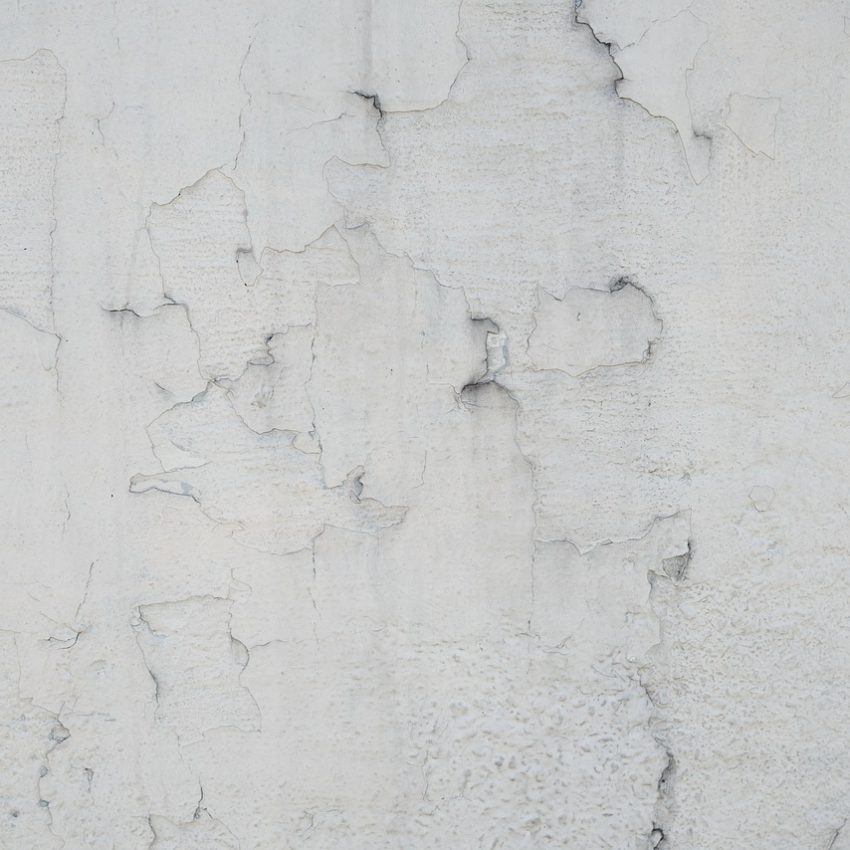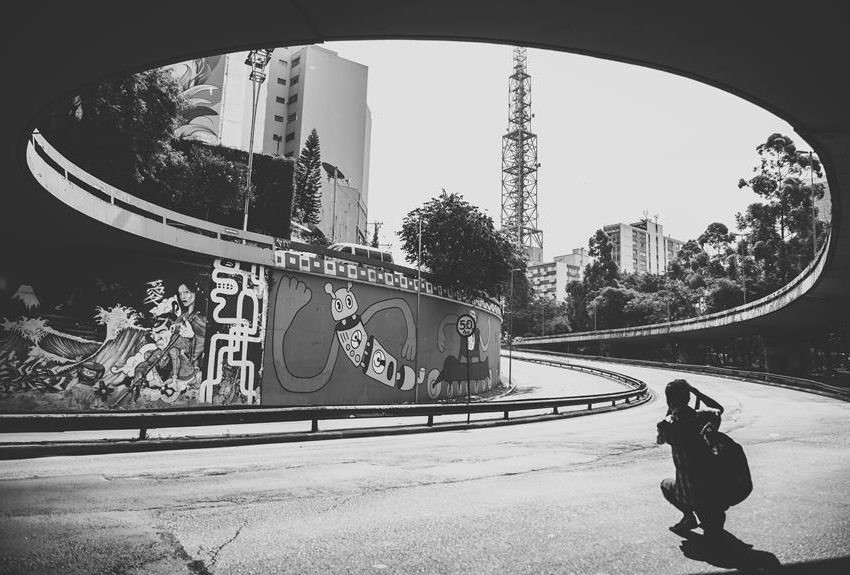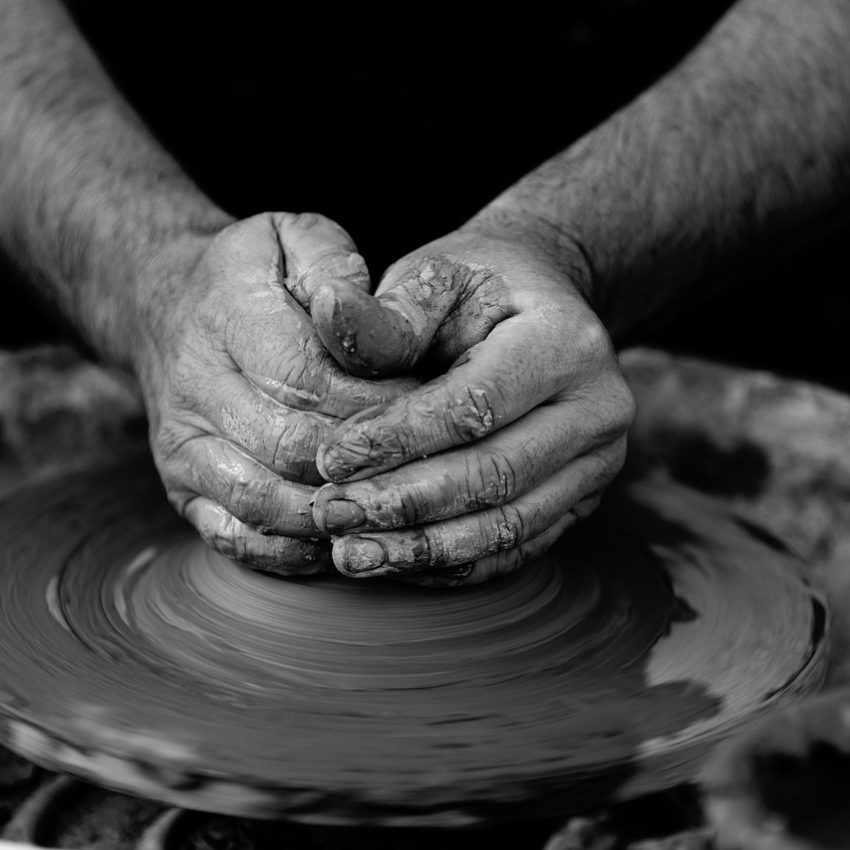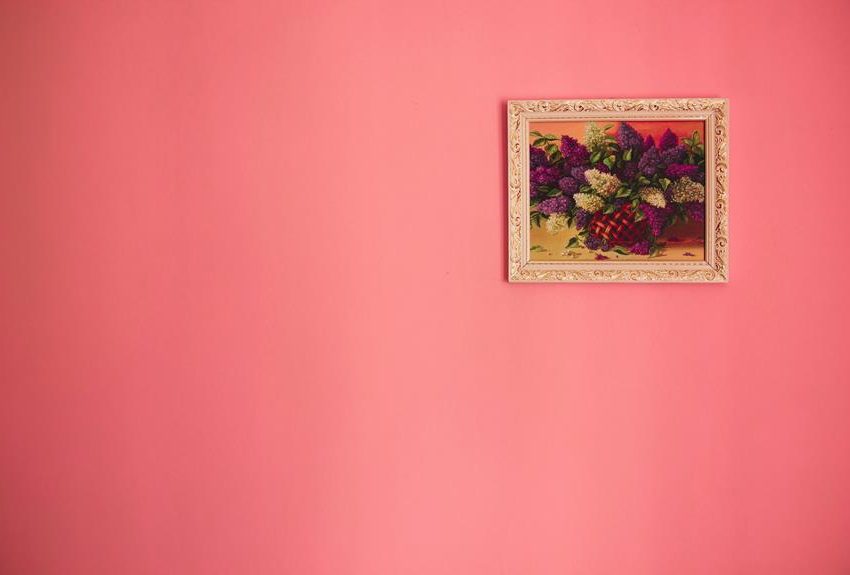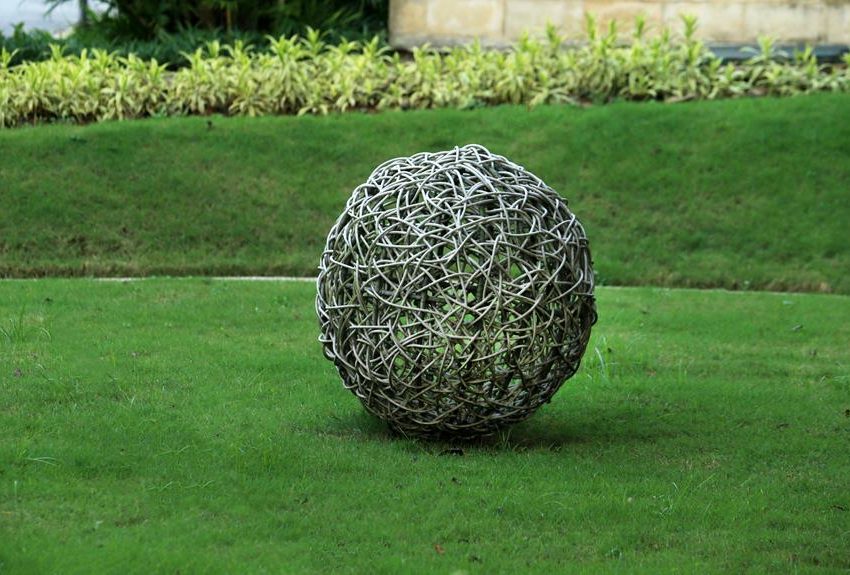Marcel Duchamp (1887–1968)
The Pioneer of Conceptual Art and Provocative Masterpiece Maker
Born in Blainville, Normandy, Duchamp hailed from an artistic family.
He was the son of a notary and the younger sibling of the painter Jacques Villon and the Cubist sculptor Raymond Duchamp-Villon. He honed his skills at the Académie Julian from 1904 to 1905.
Initially influenced by Matisse and Fauvism, Duchamp’s early figure paintings showcased vibrant colours.
However, by 1911, he embarked on a distinctive form of Cubism, melding earthy tones, mechanical elements, and dynamic motion reminiscent of Futurism.
His iconic work “Nude Descending a Staircase, No.2” (1912) caused a stir at the 1913 New York Armory Show.
Following this pivotal moment, Duchamp shifted away from traditional painting, introducing his groundbreaking concept of ‘readymade’ in 1913. The artist designated these ordinary objects, sometimes modified, as artworks.
Examples include “Bicycle Wheel” (1913), a wheel affixed to a wooden stool, and “In Advance of the Broken Arm” (1915), a snow shovel.
Notably, his urinal piece, “Fountain,” signed ‘R. Mutt,’ submitted to the Society of Independent Artists exhibition in New York in 1917, sparked controversy, challenging established notions of art.
For Duchamp, readymades served as artistic statements and components of a private symbolic language. He saw them as liberating, allowing him to transcend the confines of a singular style or taste.
Through his innovative approach, Duchamp disrupted conventional understandings of art’s nature and status, leaving an enduring mark on the art world.
Achievements
Several significant accomplishments mark Duchamp’s legacy.
He introduced the term “readymade,” which refers to mass-produced objects taken out of their usual context and elevated to the status of art through the artist’s selection alone.
This concept challenged traditional notions of art and broadened the scope of what could be considered artistic.
Duchamp’s artistic approach was a testament to his unwavering commitment to intellectual and concept-driven art.
He rejected the notion of art being solely about visual aesthetics, instead prioritizing the importance of ideas over visual pleasure.
His dedication to the study of perspective and optics, as evidenced in his experiments with kinetic devices, was a clear reflection of this.
Duchamp’s interest in motion and machinery, which mirrored the concerns of contemporary Futurist and Surrealist artists, inspired a new wave of artistic exploration and innovation.
Duchamp’s work is characterised by playful and subversive humour, often laden with sexual innuendos.
He employed puns and wordplay, conveyed through visual means, which contributed to the development of Conceptual art, distancing himself from the traditional focus on painting and sculpture.
Duchamp’s wit and humour remain integral to his artistic legacy, adding depth and enjoyment to his creations.
The Early Life of Marcel Duchamp
Marcel Duchamp spent his formative years in Normandy, surrounded by artistry within his family.
His father, serving as the mayor of Blainville, and his mother, a painter capturing the beauty of the French countryside, fostered a creative environment for their seven children.
Marcel’s family was a source of inspiration and a catalyst for his artistic endeavours.
Their shared interests in chess, reading, painting, and music nurtured his creative spirit.
At the age of fifteen, he created his first significant artwork, ‘Landscape at Blainville’ (1902), a testament to his family’s admiration for the impressionistic style of Claude Monet.
Close to his two older brothers, Marcel followed their path to Paris in 1904 to study painting at the Académie Julian, supported by his brother Jacques Villon.
During his studies, Marcel supplemented his income through work as a cartoonist, showcasing his early penchant for visual and verbal puns, which is evident in his drawings.
This foundational element would later benefit the Marcel Duchamp studies online journal.
Paris, in the early 1900s, was a melting pot of artistic movements, and Duchamp eagerly immersed himself in this vibrant scene.
His exploration of Fauvism, Cubism, and Impressionism was a passive observation and a deep dive into their innovative approaches to colour and structure, which would later shape his artistic style.
Duchamp resonated most with Cubism’s concept of rearranging reality rather than merely depicting it.
His early works, like “Nude Descending A Staircase” (1912), reflect his fascination with machinery and its relationship to human movement, a hallmark of early Modernism.
However, Duchamp’s genuine affinity lay with the avant-garde ideals of the artist as a rebel against academic traditions.
He admired Symbolist painter Odilon Redon for his mystical themes, particularly portraying women as enigmatic femme fatales.
This fascination with themes of sexual identity and desire became a central focus for Duchamp, eventually leading him toward movements like Dadaism and Surrealism.
Early Artwork
An affinity marked Duchamp’s early artistic endeavours for Post-Impressionist aesthetics as he delved into classical techniques and subjects.
When reflecting on his influences from this period, Duchamp pointed to the work of Symbolist painter Odilon Redon, whose art embodied a quietly individualistic approach rather than overt rebellion against academic norms.
Enrolling at the Académie Julian from 1904 to 1905, Duchamp’s commitment to art education waned as his preference for billiards eclipsed his class attendance.
Nevertheless, he channelled his irreverent humour into his art, producing and selling cartoons characterised by verbal and visual puns, a motif that would endure throughout his career.
Commencing his mandatory military service with the 39th Infantry Regiment in 1905, Duchamp found himself working for a printer in Rouen, where he acquired skills in typography and printing processes that would later inform his artistic practice.
Benefiting from his brother Jacques’s affiliation with the esteemed Académie royale de peinture et de sculpture, Duchamp gained exposure through exhibitions such as the 1908 Salon d’Automne and the subsequent Salon des Indépendants in 1909.
Influenced by Fauvism and the proto-Cubism of Paul Cézanne, Duchamp’s paintings drew both admiration and criticism, with critic Guillaume Apollinaire denouncing his nudes as “very ugly.”
At the 1911 Salon d’Automne, Duchamp forged a lasting friendship with the vibrant artist Francis Picabia. His flamboyant lifestyle introduced Duchamp to a world of fast cars and extravagant living, shaping his social and artistic milieu.
In 1911, the Duchamp brothers transformed their home in Puteaux into a hub for intellectual discourse, welcoming Cubist luminaries such as Picabia, Robert Delaunay, and Fernand Léger.
This regular gathering, attended by poets and writers, evolved into the renowned Puteaux Group, also known as the Section d’Or.
Despite his presence among these avant-garde figures, Duchamp remained aloof from discussions on Cubist theory, eschewing the movement’s solemnity and visual preoccupations.
His reticence earned him a reputation for shyness, yet paradoxically, he experimented with Cubist aesthetics that same year, infusing his works with a sense of motion through repetitive imagery.
Duchamp’s fascination with transition, movement, and space exploration became palpable during this transformative period.
Like many artists of his era, he grappled with capturing the fourth dimension within the confines of art. Reflecting this preoccupation, his painting “Sad Young Man on a Train” encapsulates the essence of his artistic inquiry.
Société Anonyme
In 1920, Duchamp, alongside Katherine Dreier and Man Ray, established the Société Anonyme, marking the inception of his enduring involvement in art dealing and collection.
The society’s mission centred on amassing modern art pieces and orchestrating exhibitions and lectures dedicated to contemporary art throughout the 1930s.
Walter Pach, a key figure in organising the groundbreaking 1913 Armory Show, turned to Duchamp for insights into modern art trends.
Duchamp’s expertise also proved invaluable to Dreier in expanding her collection and to the Arensbergs.
Subsequently, Peggy Guggenheim and directors of the Museum of Modern Art, such as Alfred Barr and James Johnson Sweeney, sought Duchamp’s guidance in curating their modern art collections and exhibitions.
Dada
Dada, a radical art movement born amid the European avant-garde in the early 20th century, emerged in Zürich, Switzerland, in 1916 before swiftly expanding to New York Dada.
Rooted in a visceral reaction to World War I’s horrors, Dadaists, associated with the Cabaret Voltaire, rejected traditional reason and embraced nonsense, irrationality, and intuition.
The term “Dada” has ambiguous origins. It is speculated to derive from Romanian words like “da, da,” meaning “yes, yes,” or to have arisen fortuitously during a gathering, where a dictionary pointed to “dada,” a French term for a child’s hobbyhorse.
This avant-garde movement encompassed various artistic forms, challenging prevailing norms and expressing a staunch anti-war and anti-bourgeois sentiment.
Dadaists convened public events, published journals, and engaged in earnest discourse on art, politics, and culture.
Among the movement’s key figures were Tristan Tzara, Francis Picabia, Richard Huelsenbeck, Georg Grosz, John Heartfield, Beatrice Wood, Kurt Schwitters, and Hans Richter, along with Hugo Ball, Emmy Hennings, Hans Arp, Raoul Hausmann, Hannah Höch, and Johannes Baader.
Dada’s influence extended beyond its time, shaping subsequent movements such as surrealism, pop art, and Fluxus and leaving an indelible mark on avant-garde and downtown music scenes.
Readymades
“Readymades” were found objects Duchamp presented as art.
The concept began in 1913 with a Bicycle Wheel in his studio, an early indication of Duchamp’s innovative approach to what constitutes a work of art.
The entire development happened in 1915. The aim was to challenge art’s notion and reverence, which Duchamp saw as “unnecessary.”
The Bottle Rack (1914), a bottle-drying rack signed by Duchamp, is the first “pure” readymade.
Soon after came “In Advance of the Broken Arm” (1915), a snow shovel. “Fountain” (1917), a urinal signed “R. Mutt,” caused a sensation, earning acclaim as “the most influential artwork of the 20th century.”
In 1919, Duchamp parodied the Mona Lisa, adding a moustache, goatee, and the inscription L.H.O.O.Q., suggesting sexual innuendo. Recent research questions the authenticity of objects Duchamp claimed to be “found objects.”
The Large Glass & The bride stripped bare by her bachelors
From 1915 to 1923, Duchamp crafted “The Bride Stripped Bare by Her Bachelors, Even” (The Large Glass), inspired by Futurism.
Using two glass panes, lead foil, fuse wire, and dust, he combined chance methods, plotted perspectives, and meticulous craftsmanship. Notes in “The Green Box” accompany the piece, outlining its physics rules and mythological narrative.
Duchamp described it as depicting an erotic encounter between a bride and her nine bachelors, inspired by Roussel’s novel.
He began planning it in 1913 and worked as a librarian in France before moving to the US in 1915, where the Arensbergs supported him financially.
“The Large Glass” also serves as a retrospective of Duchamp’s earlier works, featuring reproductions of paintings like “Bride” and “Chocolate Grinder.”
Although deemed “Unfinished” in 1923 due to transportation damage, Duchamp left the cracks in the glass, embracing change as part of the piece.
During the war, the exhibition of The Large Glass at the Museum of Modern Art, New York City, contributed to Duchamp’s reputation’s revival.
In 1945, a special issue of the art magazine View was dedicated to him, a milestone acknowledging Marcel Duchamp’s significant impact on New York Dada.
Two years later, he returned to Paris to assist Breton with a Surrealist exhibition, but he promptly returned to New York City and remained there for most of his life.
After marrying Teeny Sattler in 1954, Duchamp mainly lived semi-retirement, enjoying chess and creating unusual objects as inspiration struck him.
Legacy
Following his withdrawal from the art world, Duchamp remained a passive yet influential figure within New York’s avant-garde circles until his rediscovery in the 1950s by Robert Rauschenberg and Jasper Johns, known as the Neo-Dadaists.
Interestingly, Duchamp embraced an association with Dadaism during this period, welcoming the connection to a movement long after its demise.
This association allowed him to write himself into the movement and cement his place in art history without conforming to the typical politics and issues of group dynamics.
Duchamp’s assertion that art should express the mind rather than the eye or hand resonated with Minimalists and Conceptual artists.
This philosophy ushered in a new era, encapsulated by Joseph Kosuth’s statement that “all art (after Duchamp) is conceptual (in nature) because art only exists conceptually.”
The concept of the mass-produced readymade, pioneered by Duchamp, was embraced by artists like Andy Warhol and other Pop artists, Fluxus, Arte Povera, and Performance artists due to its performative aspects.
Duchamp’s radical critique of art institutions established him as a cult figure for generations of artists who rejected conventional, commercial artistic careers.
While his work spanned various materials and mediums, the theoretical depth of Duchamp’s eclectic but relatively limited output continues to influence successive waves of 20th-century avant-garde movements and individual artists who openly acknowledge his impact.
